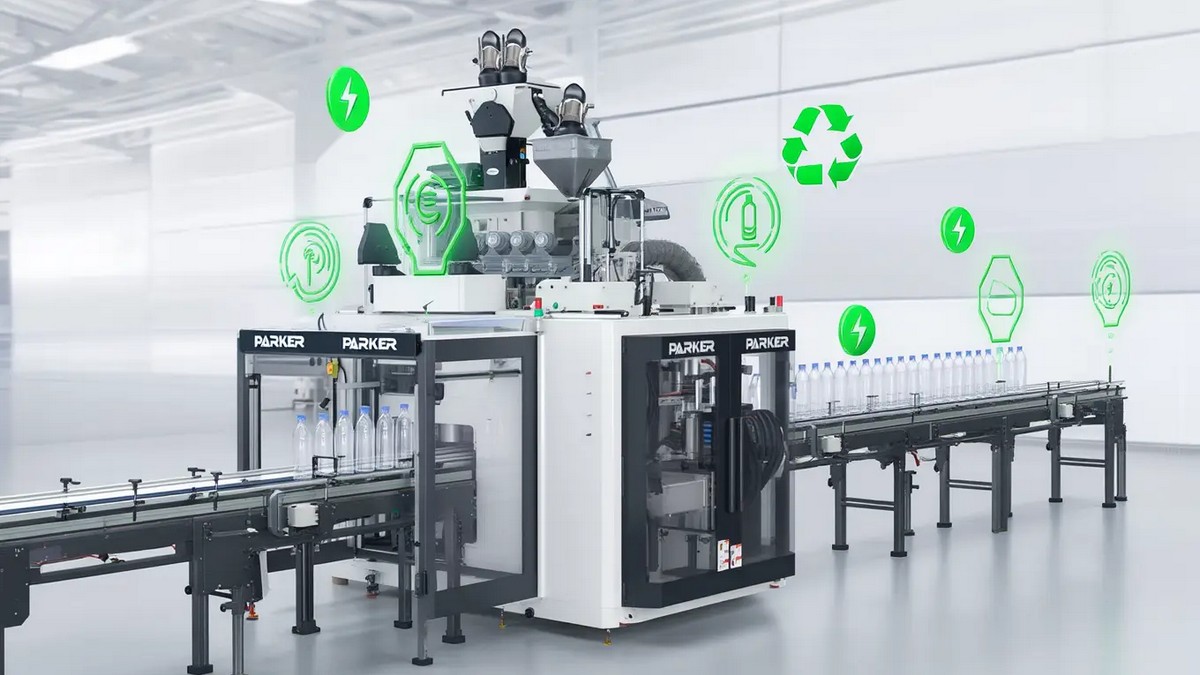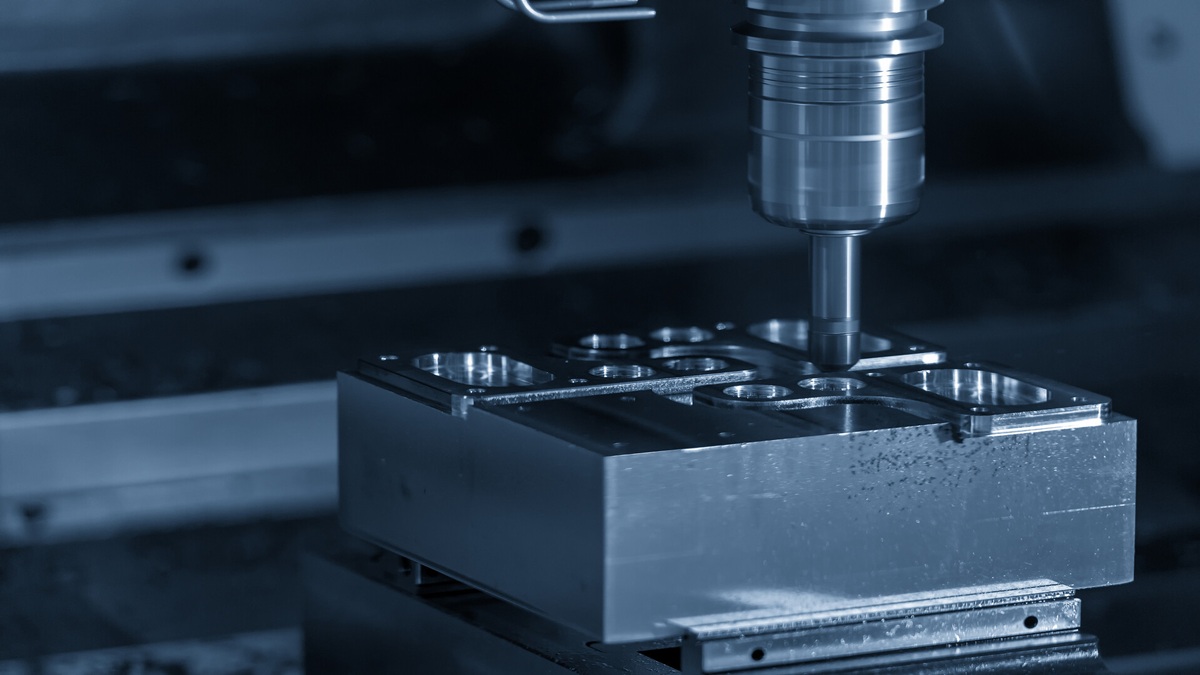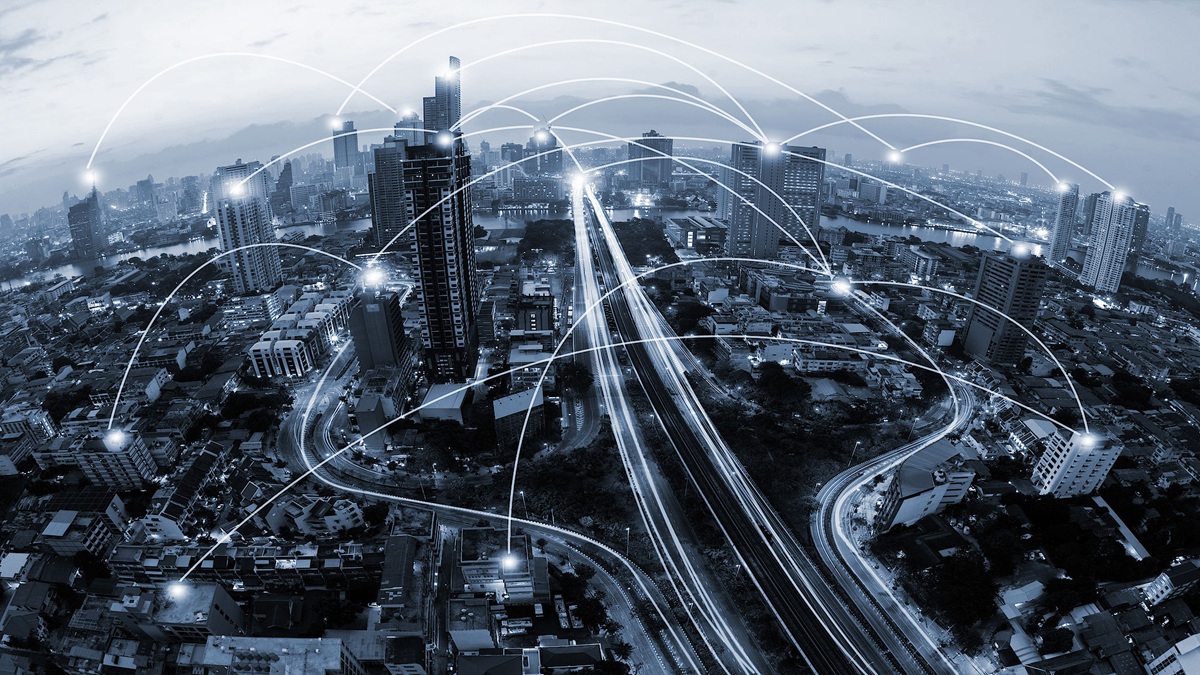The Internet of Things (IoT) is driven by the M2M (Machine-to-Machine) paradigm, which provides the ability to connect anytime, anywhere among many smart devices. Wireless communication makes M2M communication much easier, it has more applications.
The development of 5G and low-power wide-area network (LPWAN) networking technologies will help IoT M2M communication connections and accelerate the introduction of IoT platforms and services. Various IoT application fields are taking off rapidly, driving the development of applications including smart cities, smart buildings, and smart factories.
Markets for M2M (Machine-to-Machine) Connectivity:
The number of global M2M connection devices will increase dramatically from 62 million in 2010 to 2.1 billion in 2020. The market size of the global M2M connection is growing at a CAGR of about 5% from 2015 to 2020. Global M2M is expected to account for half of the connected devices by 2023. The main market share will be 48% of household applications, and the CAGR of connected vehicles will reach 30% at the fastest from 2018 to 2023.
The expansion of the utilization of connected devices in various organizations due to the advancement of Internet technology and the popularization of industrial automation has become one of the important factors promoting the growth of this market. In addition, as energy management and power outage prevention have received high attention, smart measurement devices have been introduced for natural gas, tap water, and electricity meters. These demands, driven by increased investments in smart city development by various governments, are contributing to the market growth.
The M2M solution is not a new technology. The M2M communication application market has gradually attracted attention over the past five years as mobile phone operators actively seek new ways to compensate for the decline in average contribution per household (ARPU). Today, the development of M2M applications is mainly concentrated in the commercial market of developed countries, especially in the automotive and transportation markets, which have the most M2M connection devices; but in the next 10 years, the application map of M2M will undergo great changes, in addition to shifting from developed markets to Emerging markets, extending from commercial applications to consumer applications, will rapidly expand from highly concentrated development to a wide range of fields such as public facilities, health care, and security.
Key Elements of the IoT M2M Market:
To grasp the business opportunities of IoT M2M, one must think from six aspects, including the selection of key components, highly integrated products, low risk, and high reliability, high-cost performance, cooperation between channels and suppliers, and providing good sales. post-service quality.
An IoT device may contain components such as communications, sensors, GPS, microprocessors (MCUs), etc. How developers choose key components that meet their needs is an important factor before product production.
In addition, the current business opportunities in the IoT market, how can developers get rid of competitors and take the lead in the IoT application market to win the first pot of gold. The rapid introduction of products into the market is a decisive factor, however, it usually takes more than half a year for IoT products to pass the certification. Therefore, how to reduce product risk and improve reliability within half a year, careful selection of partners will be an important indicator. Whether it is the cooperation of system manufacturers or manufacturers, it will be the key.
In terms of cost, in addition to the hardware cost of the product itself, the networking device also includes telecommunication costs and subsequent product maintenance costs. Therefore, it is necessary to balance labor, time, and hardware costs to achieve the highest cost performance. The IoT business opportunity is the result of the cooperation of a complete IoT ecosystem, from components, and product production to channels and platforms, all of which are interrelated.
What is M2M?
M2M (Machine to Machine) is a technology that uses wireless or wired for device-to-device communication. The purpose of this technology is to make life easier by-passing information and data without any human assistance. M2M was initially used in industry, and later gradually pushed into the fields of healthcare, insurance, commerce, etc.
The main components of an M2M system include RFID sensors, Wi-Fi or cellular communication links, and intelligent computing software developed to transmit and receive data. The simplest and most vivid application of M2M technology is telemetry. In the past, telemetry was used to transmit operational data. The discoverers of telemetry initially used telephone lines and then radio waves to send performance measurements from recording instruments in remote locations.
What is IoT?
The Internet of Things is a network of physical devices, smart homes, vehicles, home appliances, and other items embedded with electronics, software, sensors, and connections. These things connect to collect and exchange data and information for a specific purpose.
What are the Differences Between IoT and M2M in Terms of Communication and Design?
Machine-to-Machine (M2M) communication and the Internet of Things (IoT) are related, but not the same. The two have different features and functions and have different design and implementation requirements.
While both M2M and IoT technologies involve data sharing and the links that drive data transmission, the two are different. IoT is a network of connected devices, and M2M is a communication process that communicates between two or more electronically implemented systems (or machines or devices) in an automated manner. A machine or device in an M2M point-to-point or point-to-multipoint connection can be a sensor, actuator, embedded system, or another connecting element.
The origins of M2M can be traced back to telemetry applications that emerged after the advent of two-way radio in the early 20th century. However, in the 1990s, the introduction of GSM, the first-ever digital cellular network, brought M2M communication into a new stage of development. It took about a decade for the IoT to emerge as the primary way to connect things over an open IP network. After that, the lines between these two distinct communication technologies began to blur.
M2M applications employ wired, wireless, and cellular connectivity mechanisms, including automatic meter reading for utilities, smart connectivity for traffic signs, and surveillance camera-based home security and life assistance. It is at this inflection point of networking technology that M2M communication begins to converge with similar IoT designs.
What are the Requirements for M2M Communication?
The key requirements of M2M communication are low latency, ultra-low power consumption, scalability to handle a huge number of different device characteristics, long-term reliability, high speed, and bandwidth for applications such as AR or self-driving, and a small amount of data for some applications. M2M requires autonomous communication among many smart devices such as sensors or actuators. These communications have different infrastructures in terms of data volume, traffic density, and service quality.
To realize the interoperability between M2M services and networks, the European Telecommunications Standards Institute (ETSI) defines M2M system architecture and service requirements in TS 690 and TS 689, respectively, and M2M thus accelerates the pace of development.
How do Achieve the Connection?
The main difference between M2M and IoT is their connection method. The way they connect devices is completely different. M2M establishes a point-to-point connection with the hardware of devices communicating over a cellular or wired network. IoT, on the other hand, uses software to communicate over standards-based IP networks.
M2M is the connection between machines. IoT takes it a step further, connecting these connected machines, integrating web applications, and establishing connections to the cloud. M2M systems are usually isolated independently connected devices. In contrast, IoT is more than just device connections, as it is a network of connected devices. IoT is naturally more scalable than M2M due to its cloud-based architecture. This architecture eliminates the need for hard-wired connections and M2M SIM card installation.
How does IoT Complement M2M?
The most important part of M2M and IoT applications is the potential to improve business performance by connecting data remotely. However, they all access and use data in different ways. Data in most M2M systems are used to maintain applications. M2M data is mainly used for point solutions in service management applications. However, IoT goes a step further, integrating device and service data with big data, analytics, and business mobile apps that M2M cannot.
On a broader level, M2M communication has entered a new phase in the IoT era. M2M is similar to IoT and thus can use some of the rapidly evolving IoT-related connectivity technologies and solutions, especially wireless. As manufacturers focus on developing low-power IoT solutions using highly integrated connectivity methods, this is helping to facilitate small M2M radios that offer multiple voltage inputs and network configurations.
The worlds of M2M and IoT are intertwined, and a closer look reveals differences in network architecture and implementation requirements. But both also share common construction elements, such as RF modules, modems, switches, routers, and gateways. The cellular connection and its related data solutions add another commonality to the two network technologies. It is because of these commonalities that it becomes even more important to understand the differences between M2M and IoT. The differences between the two are important when measuring the needs of industrial automation designs, including security, connection availability and reliability, interface options, and RF robustness.
In the field of infrastructure, M2M is huge. The Internet of Things, with the help of software technology, provides great flexibility for future scale increases. At a time when businesses need to constantly take new ways to power their growth, only M2M and IoT interplay can create a better future for communications.









.jpg)
.jpg)
.jpg)


.jpg)